Looking Back at the Life of Prince Rainier III on his 100th Birthday
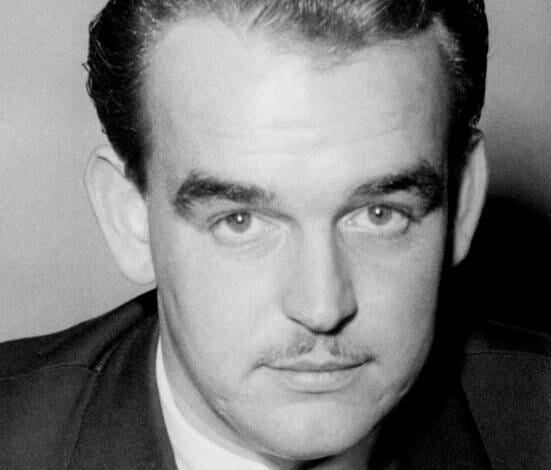
Summing up a person’s entire life in a few short paragraphs is no easy task. Especially if that person was Prince Rainier III, who would be celebrating his 100th birthday this spring. Crucially responsible for reviving Monaco’s economy after a world war, captivating the world’s attention with his fairy tale marriage to Grace Kelly, turning Monaco into a tourist and business destination, creating an entire new district full of cultural spaces, guaranteeing the independence of the Monegasque State with a new constitution and bringing Monaco into the United Nations are just a few of the historic and fulfilling accomplishments Prince Rainier achieved during his lifetime.
Sole heir to the throne of Monaco
Rainier III was the only grandson of Monaco’s Prince Louis, making him the only heir to Monaco’s throne. Rainier must have felt the weight of duty at a very young age, because according to the law at the time, Monaco had to have a male Grimaldi as ruler or the Principality would revert to French ownership. In 2002, that law changed when a new treaty between France and Monaco was created by Prince Rainier III, stating that if no heirs could carry on the dynasty, the Principality will remain an independent nation rather than revert to France.
Rainier III became the Sovereign Prince of Monaco after the death of Prince Louis II on 9th May 1949, at the tender age of 25. Rainier ruled the Principality of Monaco for almost 56 years, until his death at the age of 81, making him one of the longest-ruling monarchs in European history.
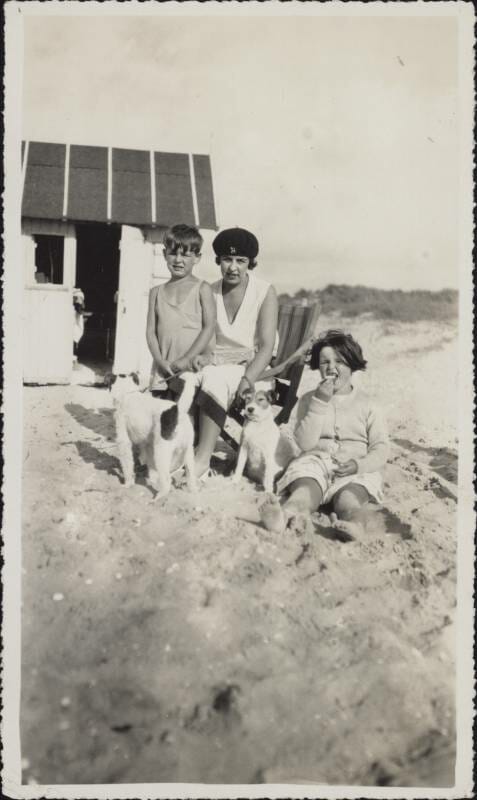
Serving as Second Lieutenant in WWII
Prince Rainier’s early education took place in England at public schools in Sussex and Buckinghamshire, which is why the Prince spoke English with a British accent. Rainier then studied in Switzerland and France, where he obtained a Bachelor of Arts degree in 1943 before he studied at the Institute of Political Studies in Paris.
During World War II, Rainier joined the Free French Army in September 1944 and served under General de Monsabert as second lieutenant. As a soldier, he witnessed the atrocities of war during the last major German offensive of World War II on the Western Front in Alsace. Prince Rainier III received the French Croix de Guerre with a bronze star.
Rebuilding Monaco’s empty treasury
After ascending the throne, the Prince was left in charge of Monaco’s treasury, which was practically empty. Prince Rainier III decided to rebuild Monaco’s prosperity, which was deeply affected by WWII. At the time, Monaco’s casino-going clientele, made up largely of European aristocrats, found themselves with reduced funds after the war. So Rainier decided to begin promoting Monaco as a tax haven, commercial centre, real-estate development opportunity and international tourist destination.
In 1955, Monaco’s entire cabinet resigned after the Societé Monégasque de Banques et de Métaux Précieux, a bank which held a significant amount of Monaco’s capital, went bankrupt from its investments in media company Images et Fils. Although the event painfully marked the beginning of Prince Rainier III’s reign, what followed changed Monaco forever.
In 1962, Rainier III selflessly ratified the Principality’s new constitution to significantly reduce the power of the sovereign. The changes ended autocratic rule, placing power with both the Prince and a National Council of eighteen elected members, which has continued to improve the administrative and political life of the country to this day.
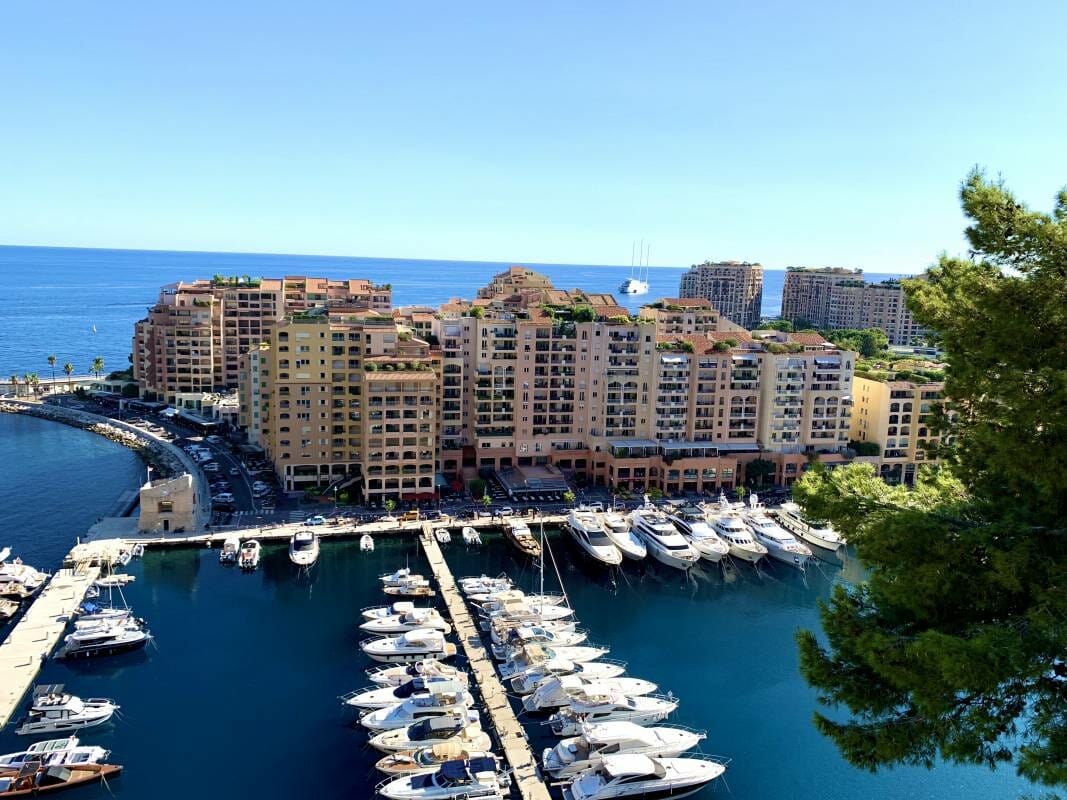
Monaco joins the UN
In 1962, the conflict which had Prince Rainier III clash with General De Gaulle, President of the French Republic, resulted in the proclamation of a new Monegasque constitution guaranteeing the sovereignty and independence of the Monegasque State.
Monaco became the 183rd United Nations Member State on 28th May 1993, under Prince Rainier’s reign. The Principality will be celebrating the thirtieth anniversary of its UN membership following the centenary party on 31st May. Monaco has been an entry point to the Schengen Area since 1985 and in 2004, six months before Prince Rainier III died, Monaco became the 46th Member State of the Council of Europe.
Increasing Monaco’s Economy twentyfold!
According to a Forbes Magazine article published the day Prince Rainier III died, his longest lasting legacy may be his revitalization of Monaco’s economy. Monaco’s revenues grew from 3 billion francs in 1970 (€518 million) to over 12 billion euros in 2004. That’s an astounding 2300 % increase.
“Rainier III knew how to develop industry to diversify sources of revenue. He developed hospitality and tourism, financial activities, and as a result of all this, he also developed the property market,” states the Princely Government.
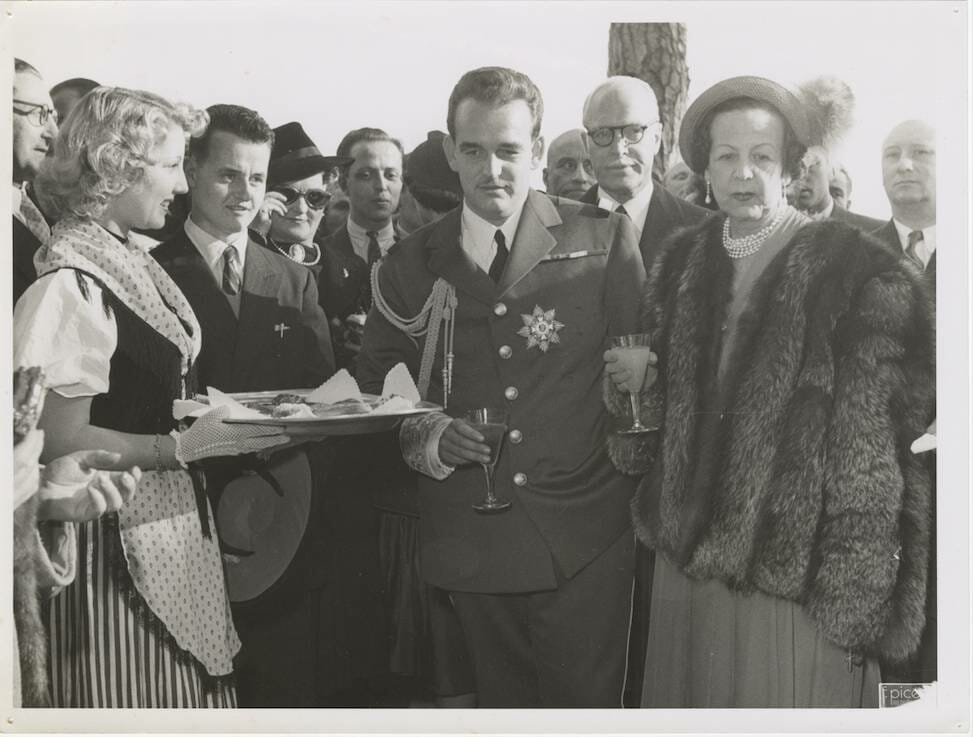
Preserving the Monegasque language
40 years ago, in 1982, Prince Rainier III established the Academy of Dialectal Languages. Since then, every young person in Monaco has been united in learning Monegasque, which has been a compulsory subject in local schools since 1976.
“Dialectal languages have always represented and still represent the hearts and minds of men who are attached to their country… Thus, teaching our language to young Monegasques is one of the surest means of safeguarding our identity… To let a language die is to forever tarnish the deep soul of a people,” declared Prince Rainier III when he inaugurated the Academy of Dialectal Languages.
The Builder Prince revives Monaco
Spearheading construction projects that changed the face of Monaco, most notably the creation of the Fontvieille district, earned Rainier the “Builder Prince” nickname. Beginning in 1990, he supported the construction of a new tunnel, underground railway station and the restructuring of the main port, all of which boosted tourism and business.
Before the Mareterra project, Fontvieille was Monaco’s first construction project to build on reclaimed land from the Mediterranean sea. The new district added 20 % more surface area to the Principality and encouraged new construction projects. Today, the district is home to over 3,000 people.
In 1981, not long after Albert, then Crown Prince, laid the cornerstone for the new Fontvieille district, Prince Rainier III decided to establish a new sports stadium in the neighbourhood and brought in Parisian architects to build the Stade Louis II. The ambitious project required 120,000 m³ of concrete, 9,000 tonnes of iron, 2,000 tonnes of steel and has a seating capacity of over 16,000. Now home to AS Monaco’s football team and numerous international sporting events, Prince Rainier III inaugurated the complex in 1985.
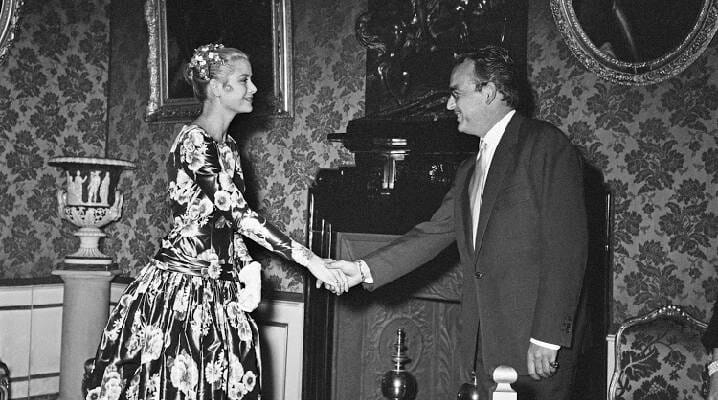
Chance encounter with Grace Kelly leads to “Wedding of the Century”
Travelling on a train through France before the Cannes screening of Hitchcock’s ‘To Catch a Thief’ Grace Kelly was given an idea that would alter history. Paris Match journalist, Pierre Galante, spontaneously suggested to arrange a meeting between the actress and the Prince of Monaco. Grace Kelly agreed and the journalist accompanied her to the palace. Wearing a black silk dress printed with pink and green flowers, she waited for Prince Rainier III on 6th May at 3 pm.
According to a press interview with Prince Albert II, his father was running late, so the palace’s maître d’hôte gave Grace Kelly a tour of the famous grand apartments. It was nearly 4 pm when Prince Rainier III finally appeared in the royal antechamber, wearing a navy blue suit. The now-famous handshake photograph was taken before Prince Rainier asked the actress if she would like a tour of the palace, but Grace Kelly told him she had already seen it. So, the prince and future princess walked through the palace gardens instead. That’s when, according to Prince Albert II, the atmosphere changed, the couple relaxed, sparks began to fly and their romance began to blossom.
Less than a year later, Prince Rainier III and Grace Kelly were wed during what was described by the media as the “wedding of the century”. The ceremony, held on 19th April 1956 at Saint Nicholas Cathedral, was broadcast by MGM Studios and watched by over 30 million people across the globe. The couple honeymooned in the Mediterranean on their yacht, Deo Juvante II.
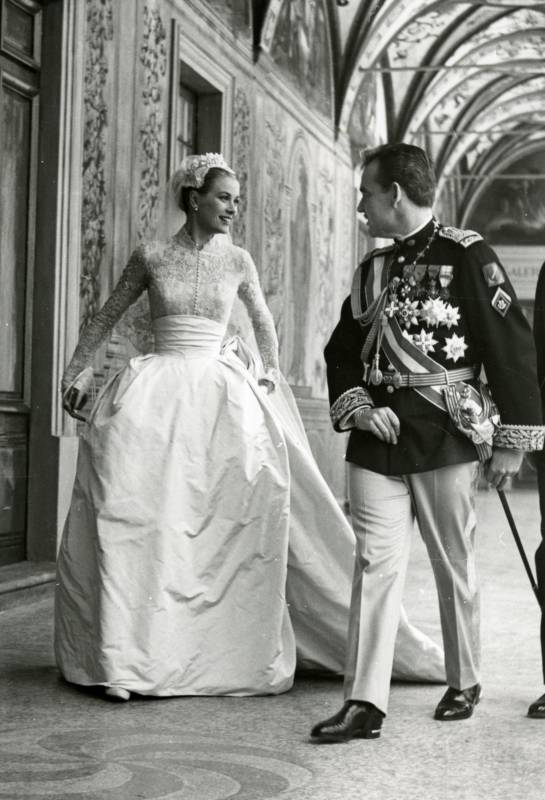
Turning Monaco into a Hub of Culture
Its spectacular glass and steel design makes the Grimaldi Forum an instantly recognizable feat of Monegasque architecture. Inaugurated in 2000, the building is the expression of Prince Rainier III’s desire to position Monaco as one of Europe’s main cultural destinations. Today, the Grimaldi Forum receives 250,000 visitors per year for conferences, fairs, exhibitions, concerts and shows.
Besides the Grimaldi Forum, the Builder Prince also helped establish the Principality’s Naval Museum, Stamps and Coins Museum, the Museum of Old Monaco, the Yacht Club and the much-loved Prince’s Cars Collection.
Monaco’s Naval Museum, founded in 1993, exhibits an extraordinary collection of more than 250 model ships, paintings and maritime objects, dating from ancient times to the present day and includes numerous antique models from the magnificent personal collection of Prince Rainier III.
Established by Sovereign Ordinance of Prince Rainier III in 1995, the Museum of Stamps and Coins is home to rare stamps depicting the Principality’s postal history, dating from the first Charles III stamp in 1885 to the present day.
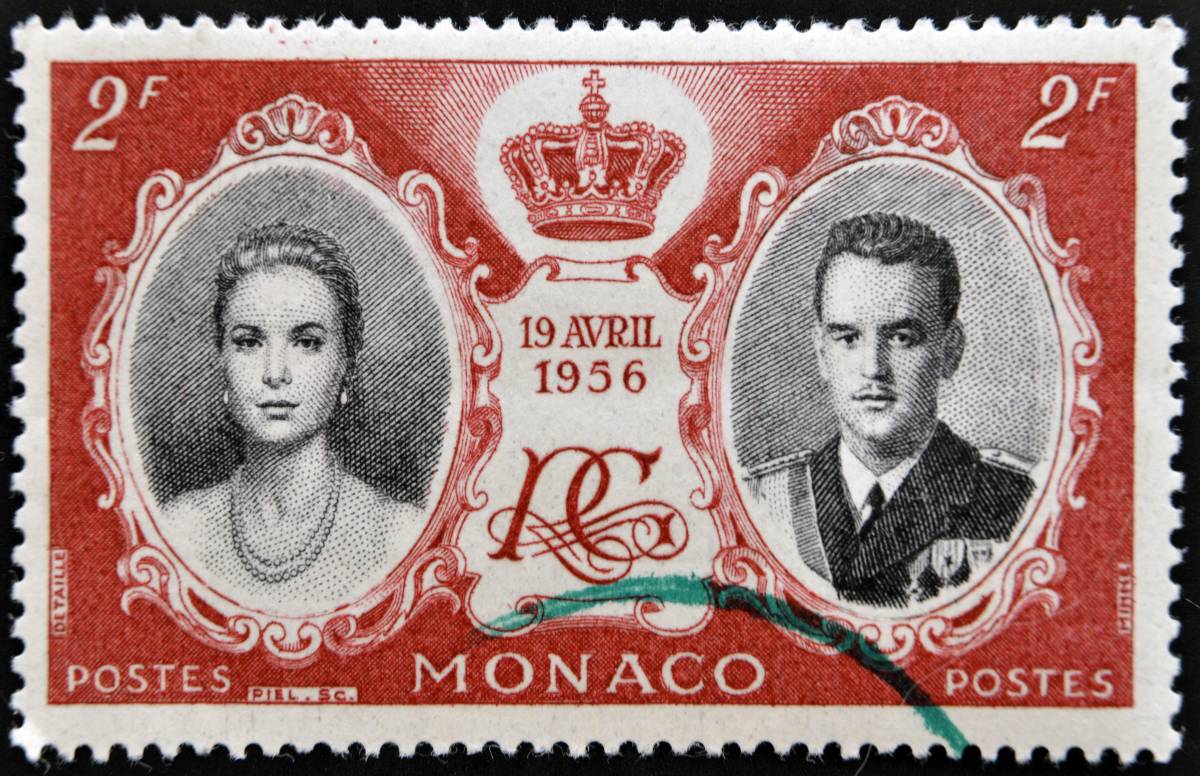
In 1974, the Museum of Old Monaco was inaugurated by Prince Rainier III and Princess Grace. Featuring ceramics, paintings, furniture and costumes, the museum’s mission is to preserve Monegasque heritage and identity.
Always passionate about vehicles, Prince Rainier III began collecting vintage cars in the 1950s. His collection grew over the years and the Prince’s Palace garage soon became too small to house all of his cars. In 1993, Prince Rainier III opened his priceless collection to the public. The Cars Collection of HSH the Prince of Monaco now contains over one hundred models, from a 1903 De Dion Bouton, to the Lexus LS 600h Landaulet used for the royal wedding in 2011, to racing cars from the Monaco Grand Prix.
Founded in 1953 by Prince Rainier III, the Yacht Club de Monaco currently has over 2,500 members from 81 nationalities. The Yacht Club plays a dynamic leading role in the life of Monaco’s main port, serving as a link between those who love the sea and tourism. Many of the world’s most prestigious private yachts fly the Yacht Club de Monaco’s flag, including twenty-five of the world’s largest superyachts.
A Place for Science
In order to provide the Principality with the means to conduct scientific research, the Scientific Centre of Monaco was founded in 1960 by Prince Rainier III. The centre specializes in the study of coral reefs, as well as the fight against cancer in partnership with the Flavien Foundation. It supports governmental and international organizations aimed at protecting marine life.
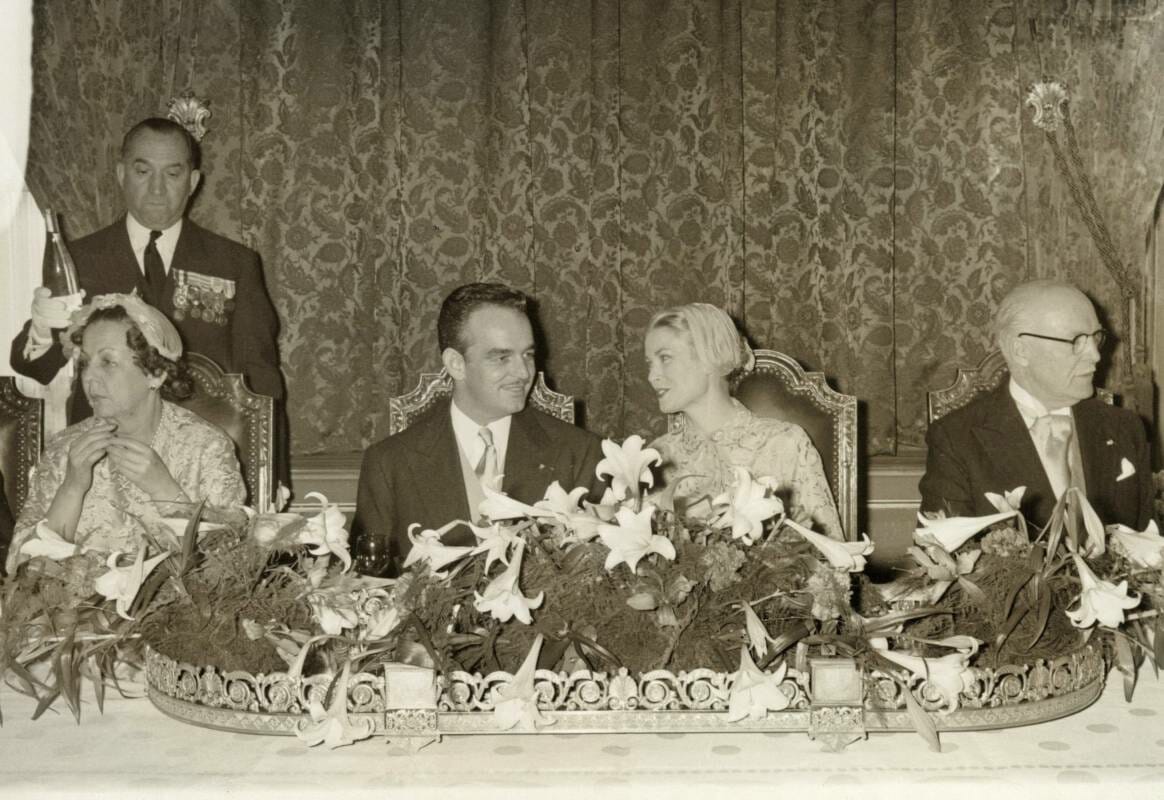
Patron of the Arts
Prince Rainier III was a big supporter of the arts. Not only was he a patron of big names in the art world, he also supported artists of the future. The Prince Rainier III Academy of Music and Theatre provides free music tuition to students in the Principality and its surrounding areas.
The Builder Prince’s support of the arts extended beyond bricks and mortar. Prince Rainier III also funded the arts by creating prizes for literary, musical and contemporary artists through the Prince Pierre Foundation, established in 1966 by Prince Rainier III in memory of his father, Prince Pierre, who was also a great patron of literature and the arts.
Prince Rainier III welcomed legendary Belgian artist Jean-Michel Folon to his new studio and home in Monaco, on Quai Antoine Ier. The artist lived and worked there for twenty years, until his death.
Folon wasn’t the only sculptor that Prince Rainier III took a shining to. Croatian contemporary sculptor Matéo Mornar, who currently lives and works in Monaco, was regularly praised by Prince Rainier III, who faithfully visited the artist’s exhibitions. Many of Mornar’s sculptures can be found across the Principality. In the 1980s, Prince Rainier III began to acquire several of Mornar’s pieces for his private collection. Prince Albert II, who accompanied his father to the sculptor’s exhibitions, continues to support Mornar’s work. Mornar frequently collaborates with the Prince Albert II of Monaco Foundation and donates part of the proceeds from his sales to the Foundation.
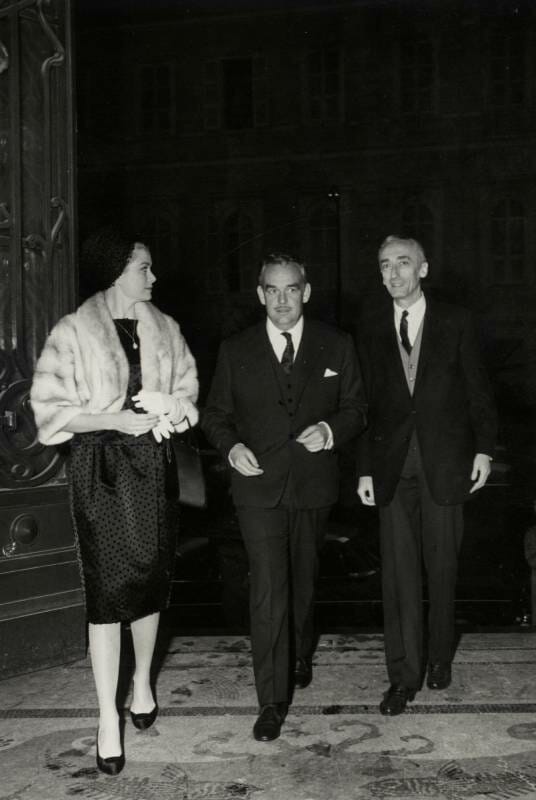
Encouraging a new art form…Television!
Prince Rainier III elevated Monaco’s status as a cultural melting pot by founding festivals which instantly became internationally renowned. By creating the Festival de Télévision de Monte-Carlo in 1961, Rainier wished to “encourage a new art form, in the service of peace and understanding”.
The project generated worldwide interest and, over the years, many distinguished celebrities have sat on the juries. Every year during the festival, the best of worldwide programming are awarded with one of the most prestigious prizes in international television: a Golden Nymph statuette. The award was inspired by the “Salmacis” nymph, created by Monegasque sculptor François Joseph Bosio, chief court sculptor to Louis XVIII, the original of which is on display at the Louvre.
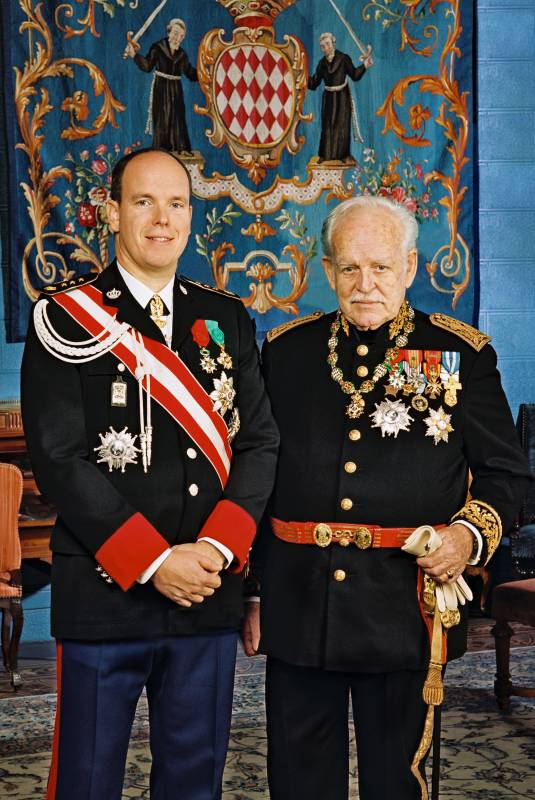
Monaco, 2000 © Gaëtan Luci – Archives du Palais Princier de Monaco
Opening the Palace Courtyard to the Public
When Prince Rainier III ascended to the throne in 1949, the Prince did something unprecedented and invited the public to the occasion. Before then, Monaco’s princely courtyard had rarely been open to the public. Ten years later, as a testament to the Prince’s love of music, Rainier renewed the tradition of Palace concerts in 1959. To do so, many courtyard renovations had to be undertaken. The entire Cour d’Honneur was repaved and experts from the Louvre were hired to restore the 14th century frescoes.
The first four concerts, in August 1959, were conducted by Paul Paray with works by Mozart, Beethoven, Brahms and Strauss. Critics from across Europe unanimously hailed it as one of the best symphonic organizations in Europe and the concerts continue to this day.
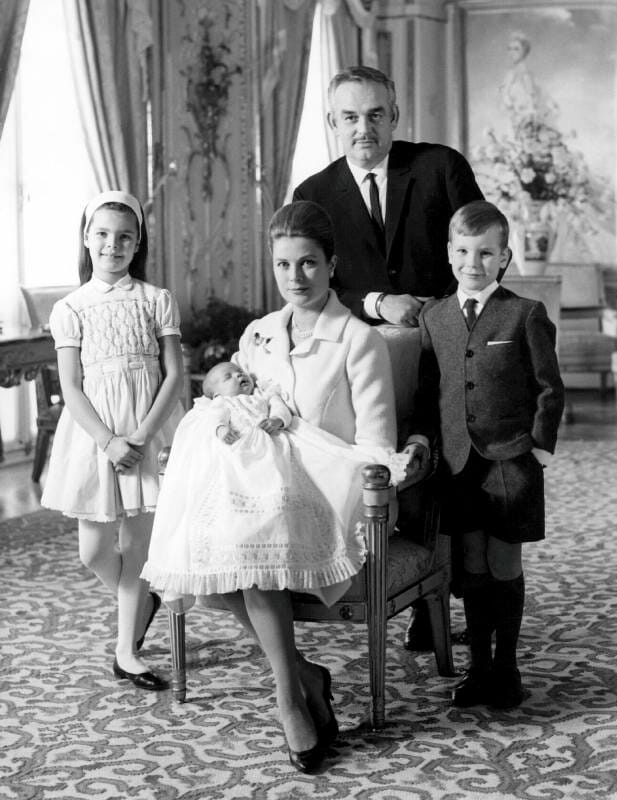
Massive party on 31st May 2023
Celebrations will kick off exactly one hundred years to the day after Prince Rainier was born with a big party on the Rock for Monegasques and residents. According to Princess Stéphanie, who is the chair of her father’s centenary committee, the party will include a big birthday cake, workshops, activities related to Prince Rainier’s passions and several surprises.
Prince Rainier was known for his love of bringing Monegasques together and the big event will help introduce him to younger generations. On 31st May, an exhibition will also commence at the Prince’s Palace featuring a collection of photos taken from the archives which will tell the story of the sovereign in his home.
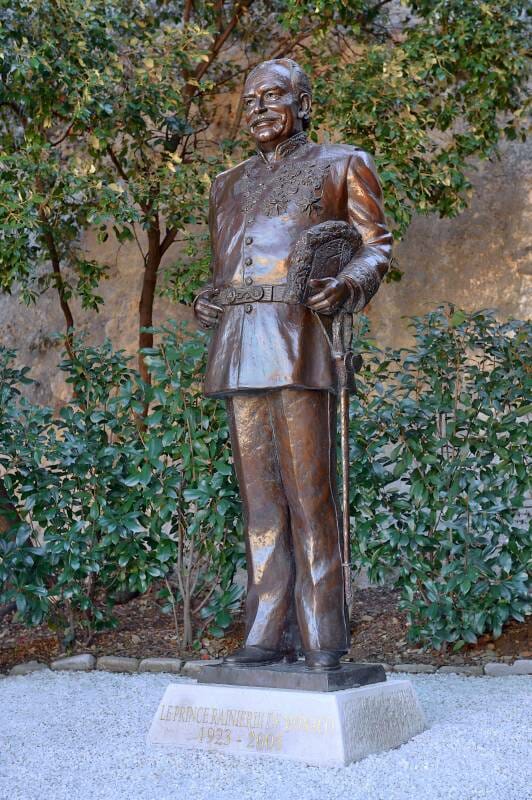
Celebrations culminate with the International Circus Festival
Passionate about the circus, Prince Rainier III began the International Circus Festival to support traditional circus performers by showcasing their talents in Monaco. Now considered to be the biggest and most famous circus event on earth, the festival was created in 1974 by the Prince.
A love of the circus was passed on to his daughter, Princess Stéphanie, who became the President of the festival in 2005. After a two-year break due to the global pandemic, the festival was back this January for 10 days of unforgettable shows featuring clowns, animals, acrobats, tightrope walkers and magicians. The Rainier III centenary celebrations will end in January 2024 with the 46th International Monte-Carlo Circus Festival.

